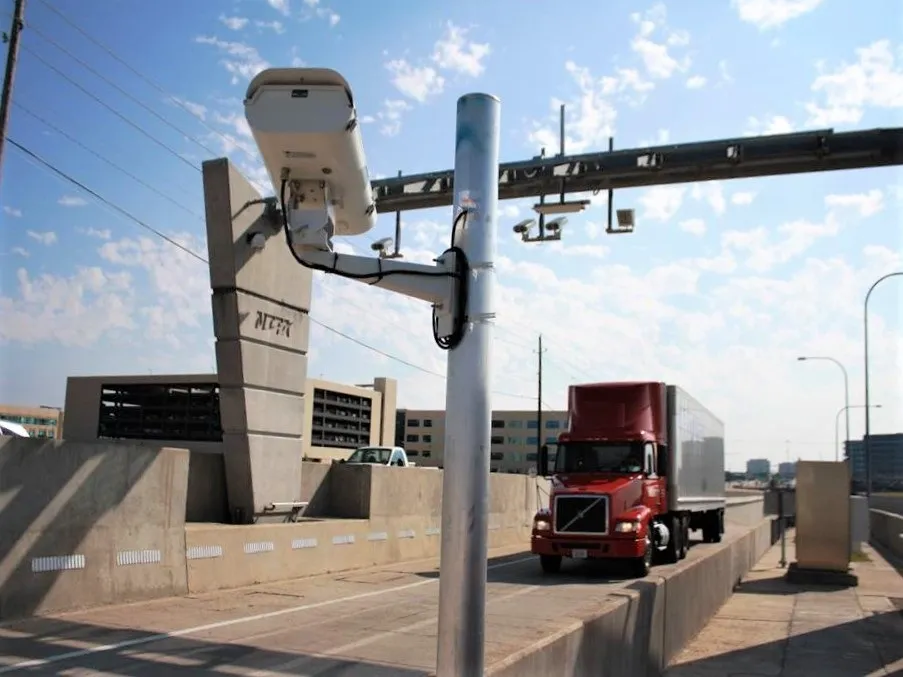Q-Free is to implement its enhanced imaging processing (EIP) solution for the Miami-Dade Expressway Authority (MDX), USA in a contract worth around US$6.9 million.
EIP utilises automatic licence plate reader (ALPR) and vehicle signature recognition (VSR) software and enables toll authorities to achieve high automation and low error rates using artificial intelligence and self learning capabilities. The system interfaces with existing toll road back office systems, minimising operational cost, errors, an
September 23, 2013
Read time: 2 mins
EIP utilises automatic licence plate reader (ALPR) and vehicle signature recognition (VSR) software and enables toll authorities to achieve high automation and low error rates using artificial intelligence and self learning capabilities. The system interfaces with existing toll road back office systems, minimising operational cost, errors, and leakage. The EIP system is planned to go live in the first quarter of 2014.
Following implementation, Q-Free will support and operate the system on behalf of the customer for a period of two years. Optional, and upon joint agreement, the contract can be extended for up to two more years.
Says CEO Dr Øyvind Isaksen:”The USA is the world’s largest road user charging market and we see a clear trend in the US towards free flow all electronic tolling systems. This will in turn create an increased demand for advanced imaging solutions for which Q-Free is very well positioned.”









